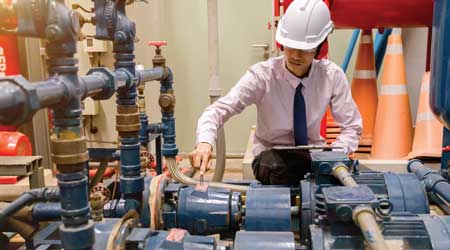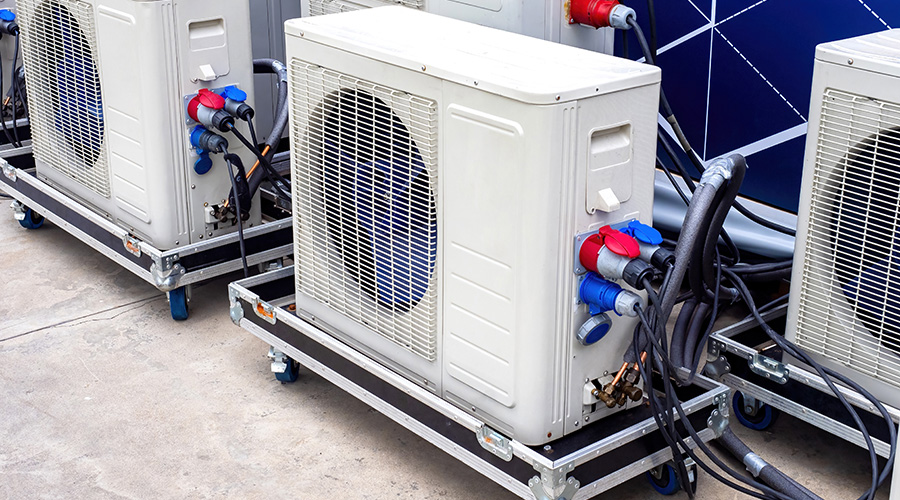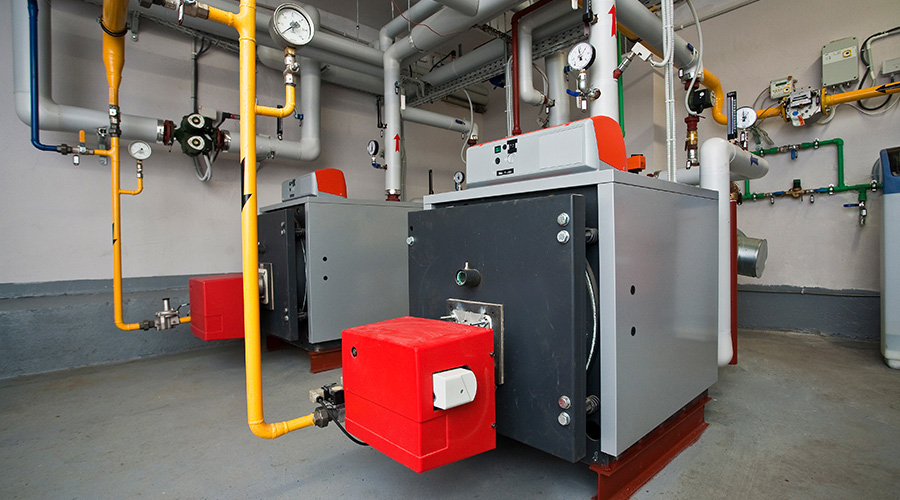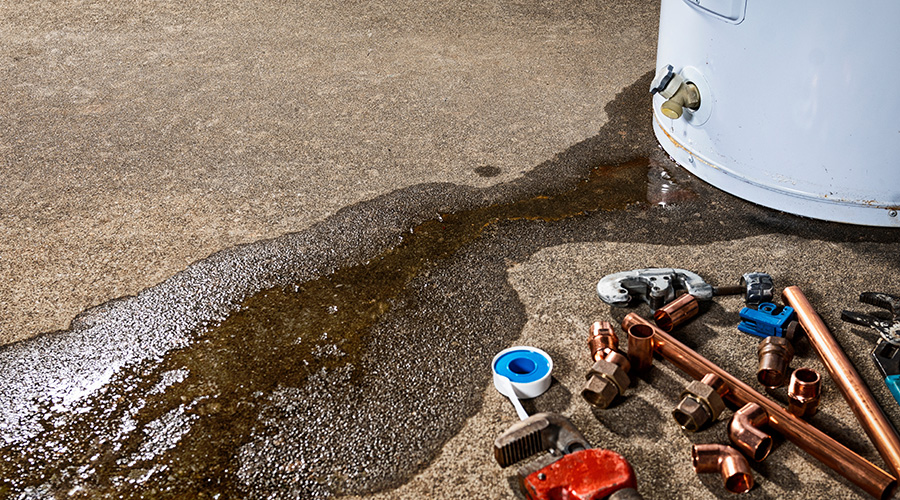 Data logs can help technicians identify the point at which conditions fall outside a chiller’s normal operating range, which is a sign that issues might be developing
Data logs can help technicians identify the point at which conditions fall outside a chiller’s normal operating range, which is a sign that issues might be developingMaintenance Matters: Ensuring Chiller Upgrades Succeed
When properly research and planned, chiller replacements can deliver long-term benefits to departments and facilities
When properly selected and installed, a replacement chiller can reduce maintenance costs, but new-generation chillers offer features that can deliver substantial, long-term maintenance savings.
Magnetic bearings eliminate the need for oil, oil sampling, oil changes and replacement of leaking gaskets. Built-in monitoring systems that can connect to building automation systems automate the logging of chiller data, resulting in more data collected more often without having to dispatch personnel, and that level of data can help identify developing issues or needed changes in operations before they grow into larger, more costly problems.
The performance of heat-transfer surfaces also has improved energy efficiency of chillers, but the performance of these surfaces requires that they be clean and free of buildup, including sludge, corrosion, algae and scale. Even a thin layer deposited on a surface can cut efficiency significantly. How quickly they become fouled depends on the quality of the system’s water, the temperature at which the chiller operates and the condition of condenser and evaporator loops.
To ensure the long-term performance of the replacement chiller, technicians should clean condenser tubes annually. Evaporator tubes require cleaning only every three or four years, since they function in a closed system that has limited exposure to contaminants. In most cases, technicians can use brushes to perform the cleaning, but in badly fouled systems, they might need to use chemicals. Chillers can even be equipped with internal brushes that work with reversing valves to brush-clean tubes daily.
One critical maintenance task involves properly treating water in the chilled-water and condenser-water loops to prevent scale, corrosion and biological growth. Any accumulation of these contaminants will result in a rapid decrease in operating efficiency.
Technicians also must monitor chillers for refrigerant leaks. In low-pressure chillers, leaks allow moisture and air to enter the unit, leading to increased operating pressures within the chiller, causing it to use more energy to produce the same level of cooling. Moisture also creates rust within the chiller’s shell, which is transported to and deposited on heat-transfer surfaces within the chiller, further reducing operating efficiency.
In high-pressure chillers, leaks result in lost refrigerant, which in turn leads to lower pressure and operating efficiency. If a chiller is losing refrigerant, operators can identify the leak’s location by tracing the refrigerant circuits using an electronic leak detector
Related Topics:















